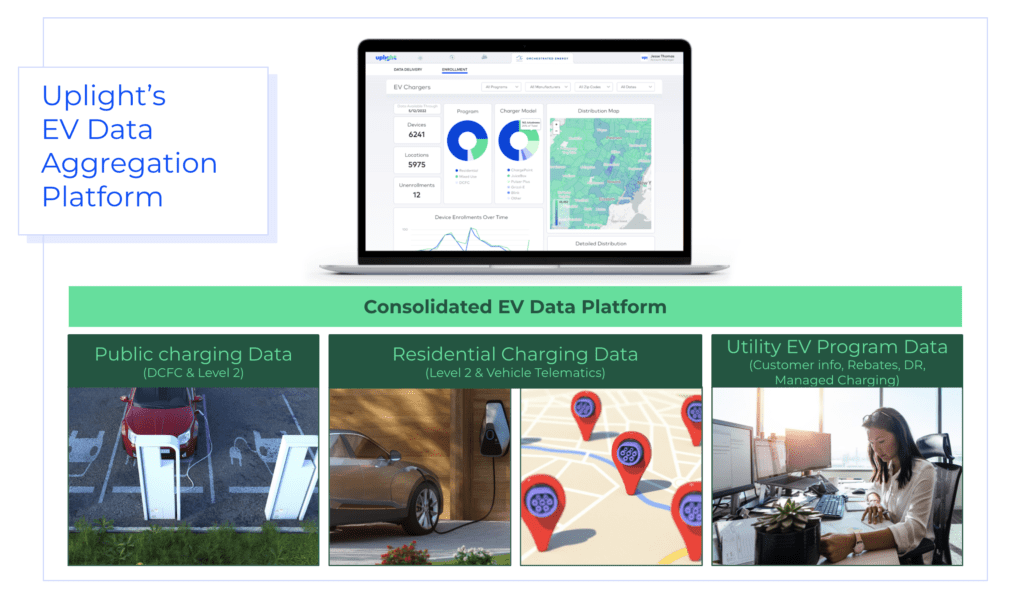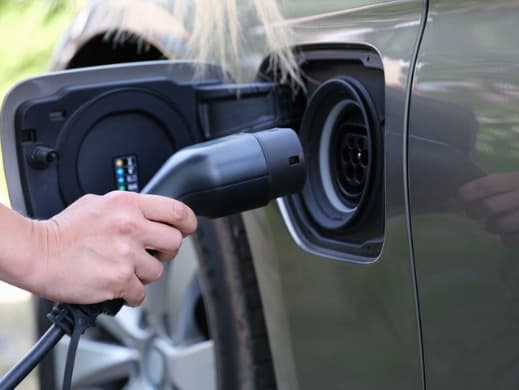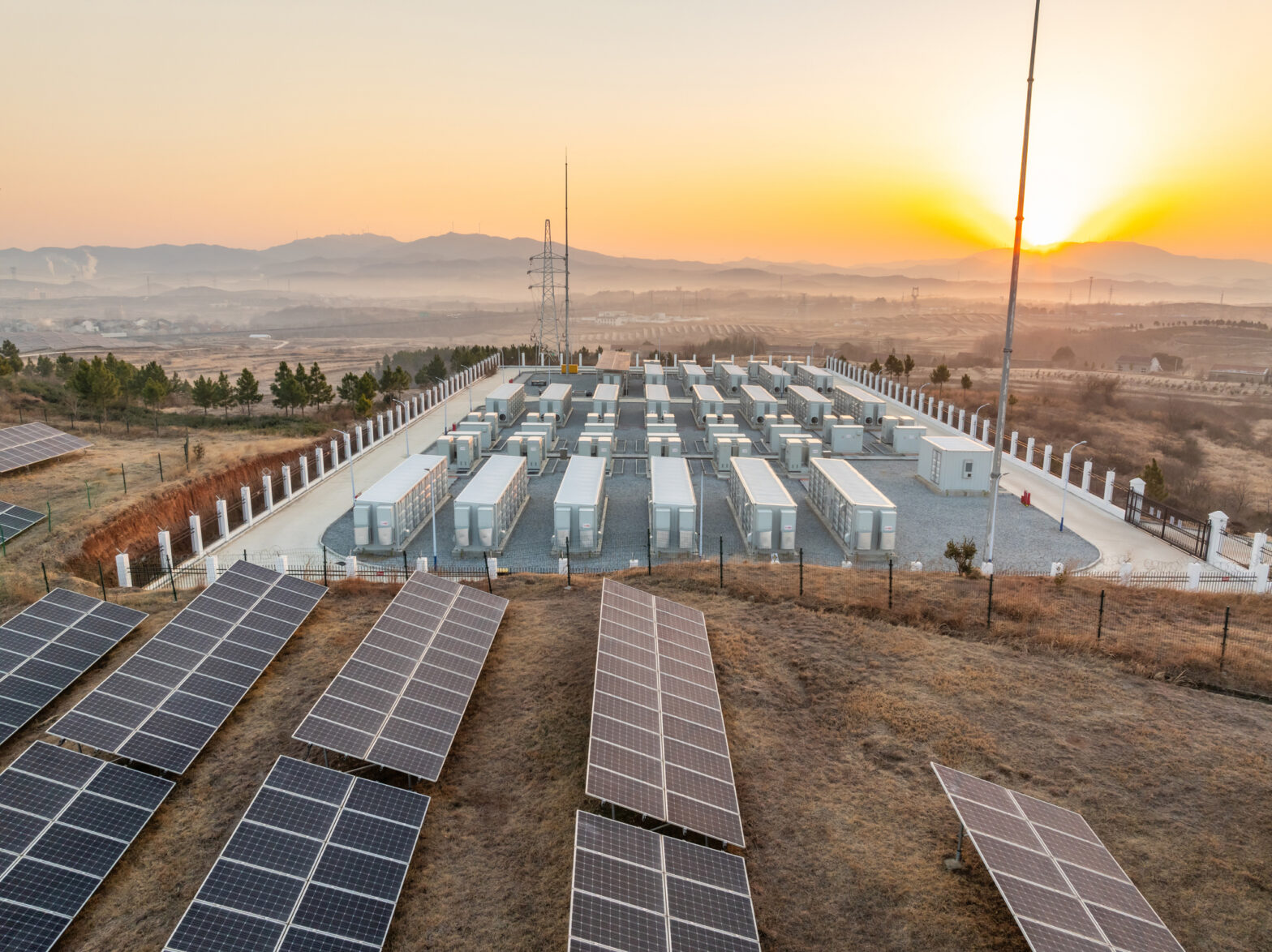Leveraging networked chargers and vehicle telematics provides the information for when and where electric vehicles (EVs) are charging, enables higher enrollments and more flexible program design.
This article is part of a series; Read Residential EV Charging Principle 1: Meet Customers Where They Are and Principle 2: Cast a Wide Net to Identify EV Drivers.
A growing number of organizations are looking to data to inform their EV strategy, help mitigate range anxiety, and drive more EV adoption. However, there is no centralized database that provides utilities and state regulators a holistic view of consumer behavior and macro EV charging trends. While there are customer-facing apps and government databases that aggregate public charging stations, 88% residential charging happens at home. This means public charging maps alone aren’t effective when trying to understand the average EV driver’s charging behavior. To create a more complete view of light-duty EV charging behavior, utilities and states not only need commercial and residential EV charger data, but also vehicle telematics data.
Maximize Charge Session Data Collection and Program Flexibility with Two-Prongs: Networked Chargers and Vehicle Telematics
Uplight has a two-pronged approach to collecting charge session data. The EV Data Aggregation platform integrates directly with EV chargers (DCFC and Level 2), as well as direct-to-vehicle telematics. Through API integrations, Uplight collects granular charge session data for commercial and residential EVSE on the market. Through direct vehicle telematics integrations the platform is also able to ingest data from 88% of EVs on the road. This dual-approach of enabling both EVSE and vehicle telematics integrations provides more optionality for customers and a broader set of data for stakeholders to use for decision making and program design.

Having a comprehensive data platform that includes EV customer insights, EV program enrollments, and device + telematics data, enables utilities to create robust customer segments, maximize program enrollments, and future proof for managed charging and infrastructure planning. This device agnostic platform and integrations with market-leaders in EVSE and vehicle telematics technology creates a one-to-many network interface for utilities that maximizes device coverage while simplifying data visualization, access, and engagement for both customers and stakeholders.
EVSE AND OR Vehicle Telematics?
Many stakeholders are evaluating technology and cost of EVSE vs direct vehicle telematics. Maximizing participation is the ultimate goal and enabling enrollment channels utilizing both technologies through innovative partnerships outlined in Principle 1 is how utilities will achieve mass-adoption of managed charging programs. Additionally, using both technologies enables the most comprehensive view of EV charging load.
Some utilities and regulators are considering focusing program funds solely on vehicle telematics, because the vehicles themselves will be equipped with technology capable of running advanced managed charging programs. Stakeholders also fear that programs run via more expensive Level 2 chargers may be viewed as inequitable and the charger itself could become an abandoned asset due to vehicle telematics technology.
However, at-home Level 2 chargers will remain a critical piece of transportation electrification simply due to the fact that consumers prefer having the technology. Charging your car in 3-8 hours with a Level 2 charger is preferable to the 11-20 hours it takes if you do not own one. Home charging satisfaction is highest among EV owners who install a Level 2 permanently mounted charging station according to the inaugural J.D. Power U.S. Electric Vehicle Experience (EVX) Home Charging Study. Many auto manufacturers include a Level 2 charger with the vehicle purchase and for good reason.
How Does Networked Charging Technology Stack Up Against Vehicle Telematics Today?
According to SEPA’s 2021 State of Managed Charging report, using networked chargers for managed charging is seen less as an emerging technology and more as fully-tested. Vehicle telematics are considered to be the next generation of technology and some utilities are starting to pilot managed charging programs leveraging it. SEPA surveyed 50 unique utility respondents and found that only 25% of the utilities that responded are planning for vehicle telematics programs. For those that are planning to pilot near-term vehicle telematics programs, cost effectiveness was a primary motivator.
Both technologies have advantages and disadvantages, Uplight recommends using a two-prong approach to cast the widest net possible in order for utilities to meet enrollment and managed load goals. Ultimately, by combining the technology utilities will have more customer reach and customers will have more optionality.

Using Data Aggregation to Decipher Charger and Telematics Data
Data for data’s sake isn’t actionable. Once utilities have access to charger and telematic data, in addition to other customer data, how do they use it to inform their EV strategy and run M&V analyses?
Uplight’s EV Data Aggregation solution provides a comprehensive view of your EV customers, continuously gathering data and integrating new devices to grow with your programs as EV adoption accelerates.
In addition to program facilitation, utilities can synthesize data to inform program and rate design as well as connect to devices–decision makers can learn about EV usage in their territory to inform grid planning. Stakeholders can also view insights provided by Uplight on the dashboard, or pull raw data for internal teams to run additional analyses. Uplight’s EV Data Aggregation platform can even connect to our Program Manager solution, which enables utilities to run EV demand response events and view their performance.
EV program creation and investment should scale as more EVs come online in your state or utility territory. Taking action today to start collecting information on EV drivers and their behavior will benefit utilities in the long-run as they feel more pressure to manage EV charging load and provide grid reliability. Having one consolidated data platform to host all EV charging data and insights is beneficial to customers, utilities, and state regulators. If utilities do not have rates or managed charging programs available today, now is the time to encourage customers to make the connection between their EV purchase, and their new fuel provider, their utility. Data sharing opt-ins with incentives are a first step utilities can take to engage customers and continue to evolve program offerings over time.





